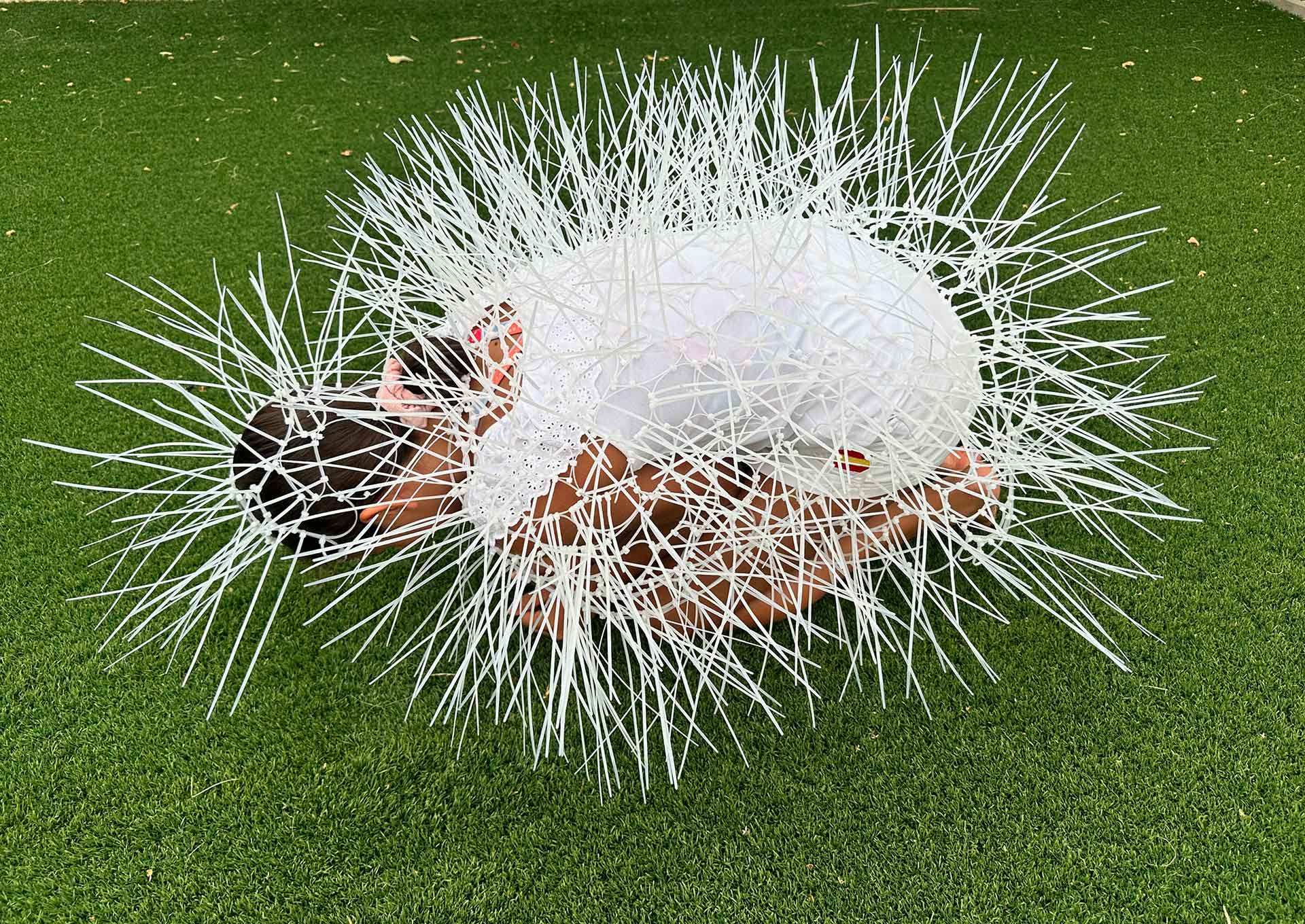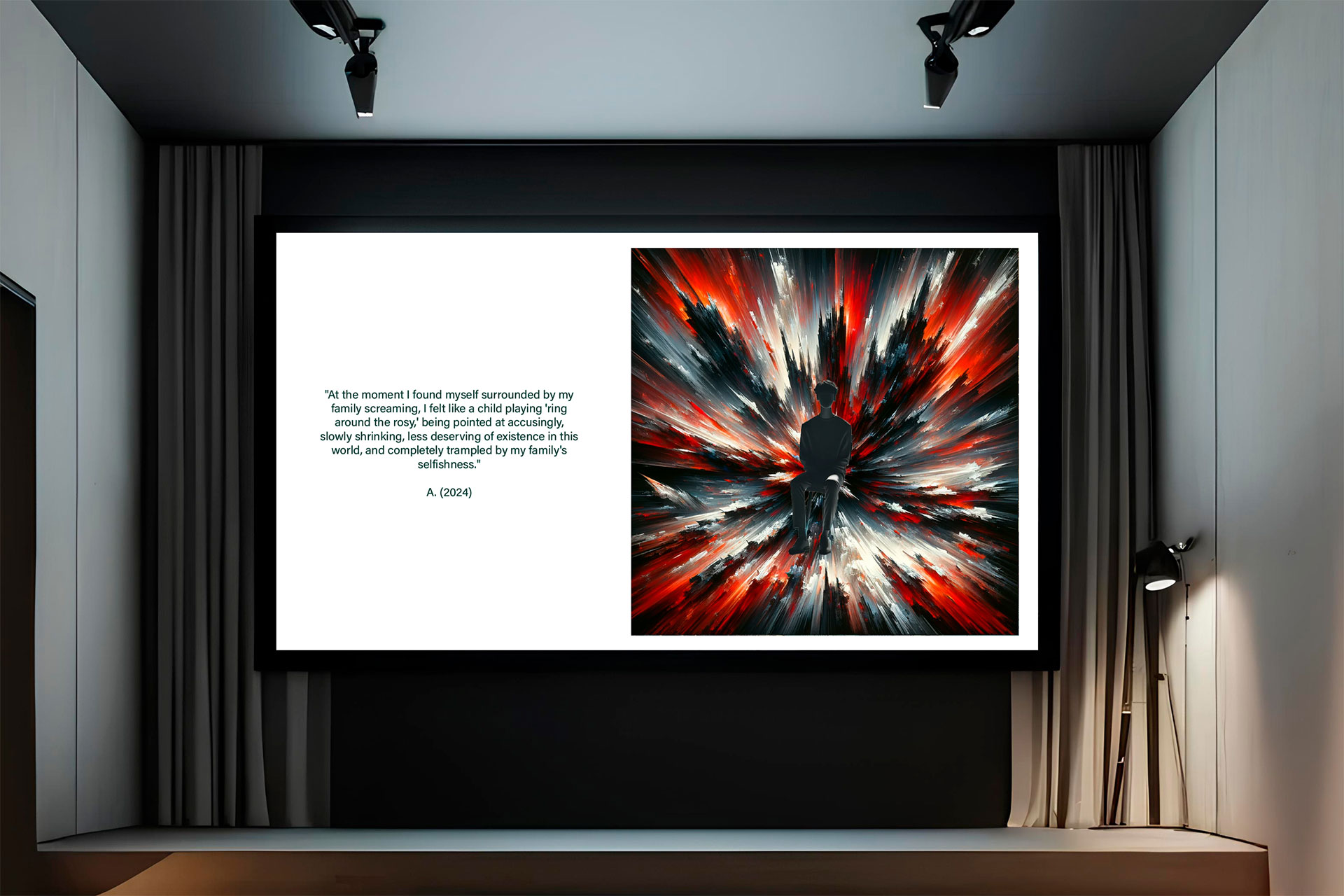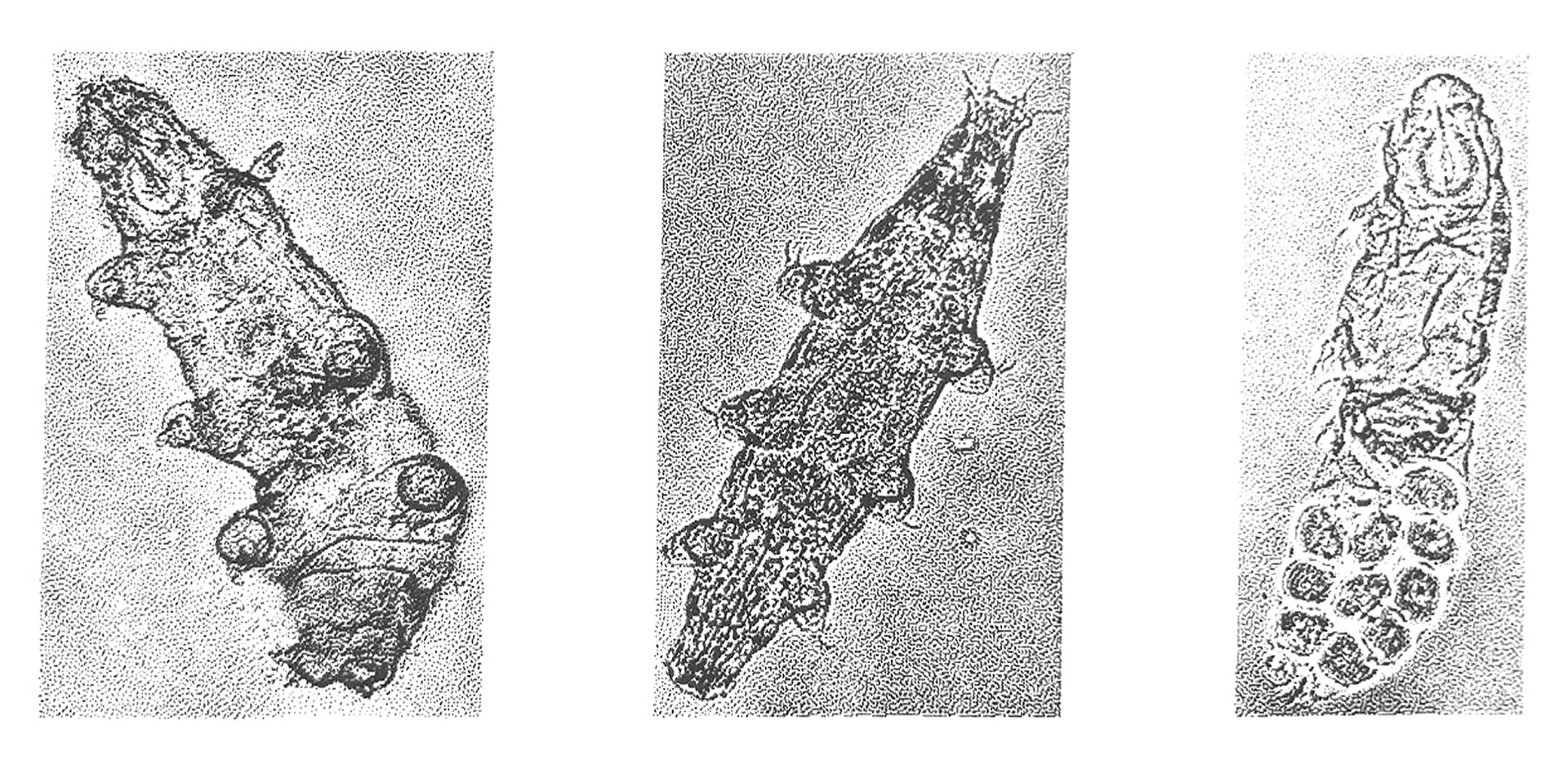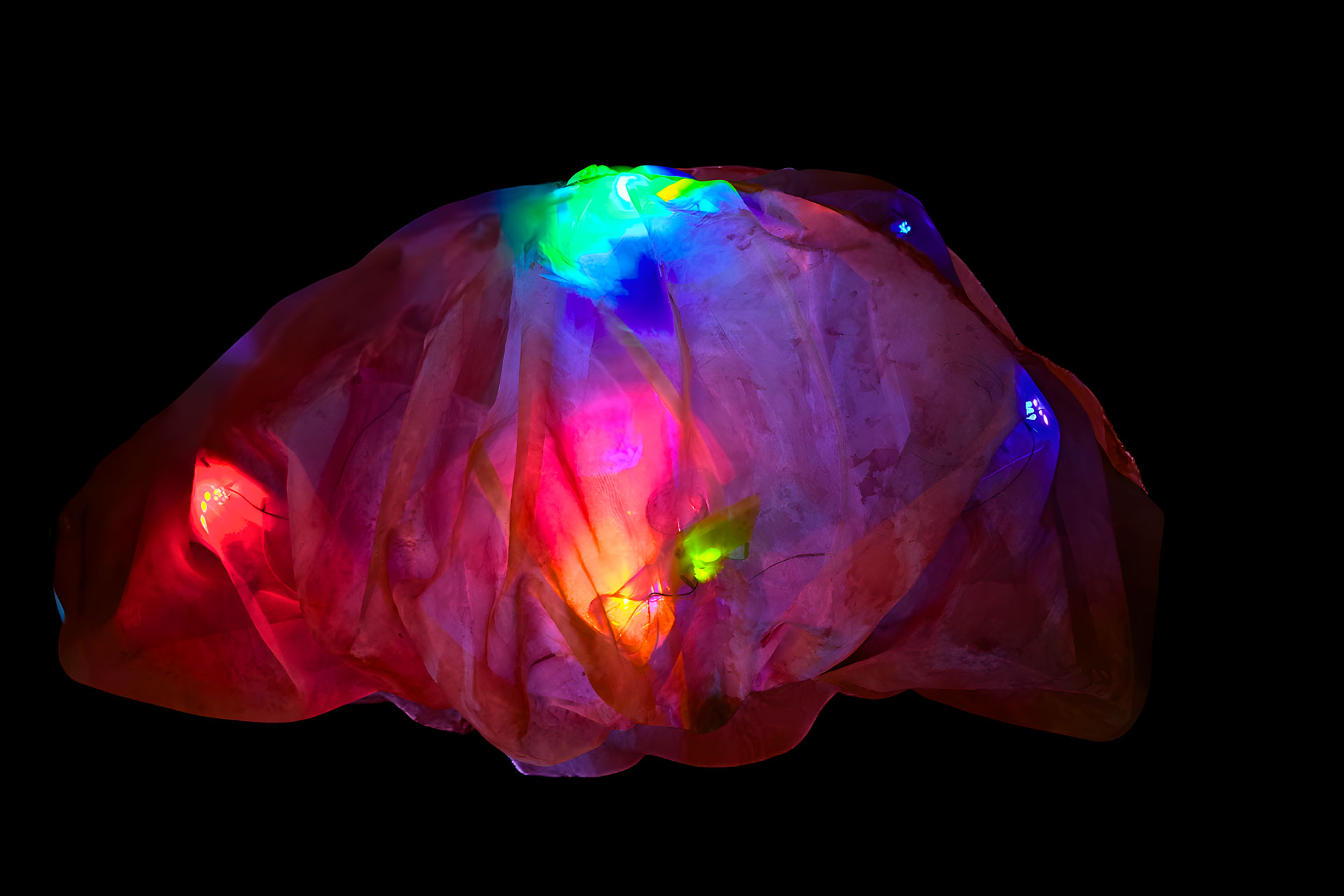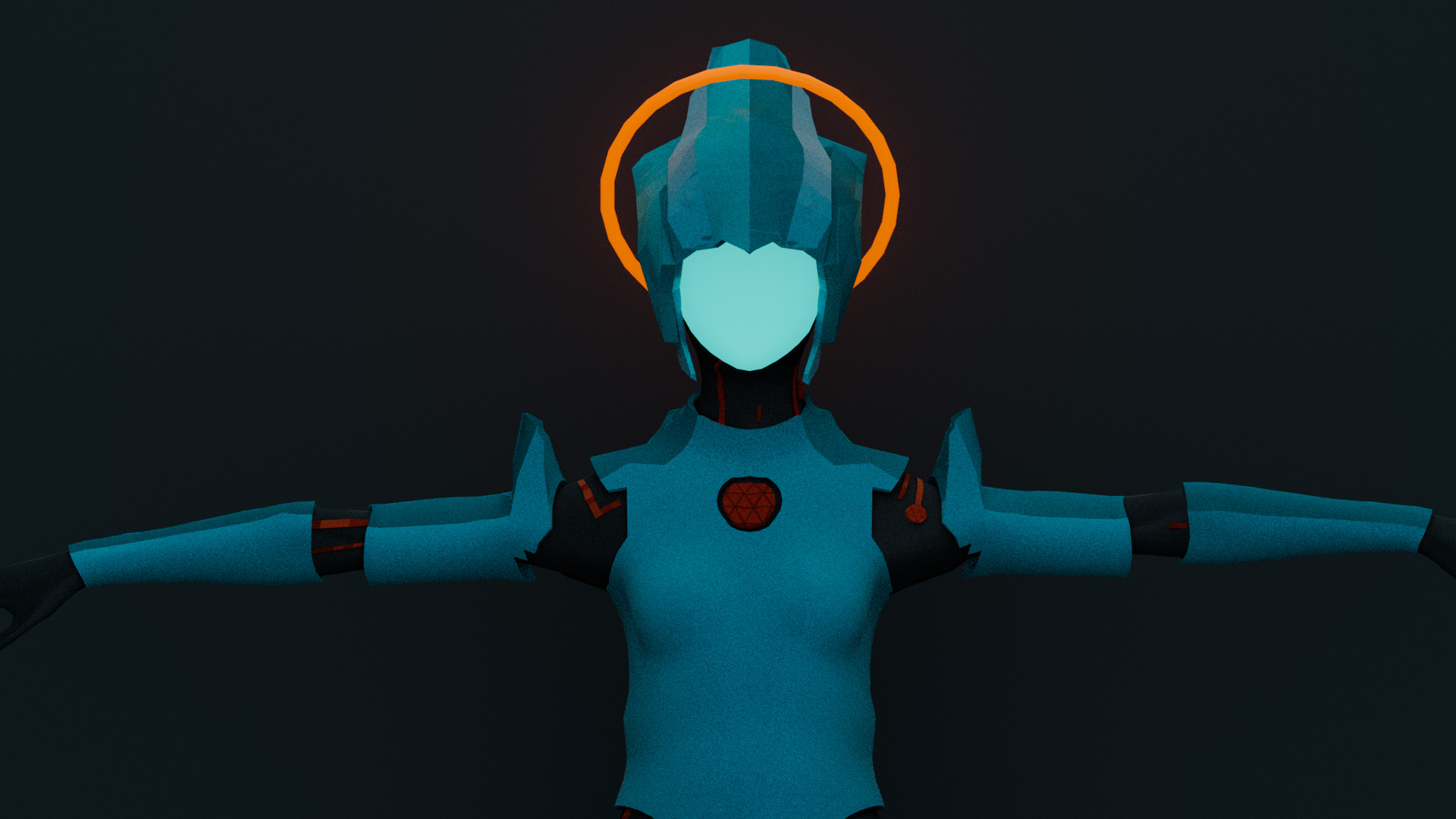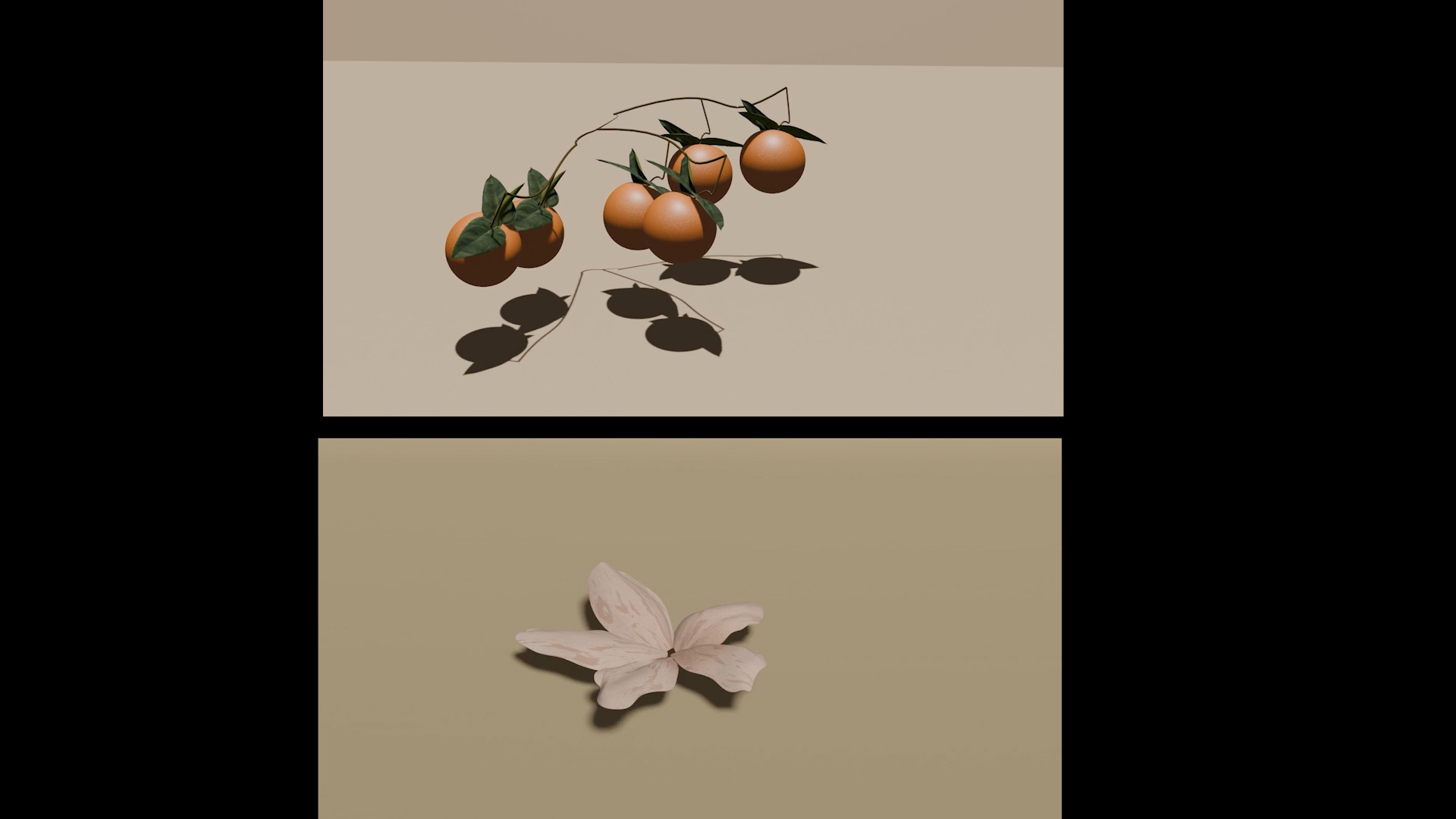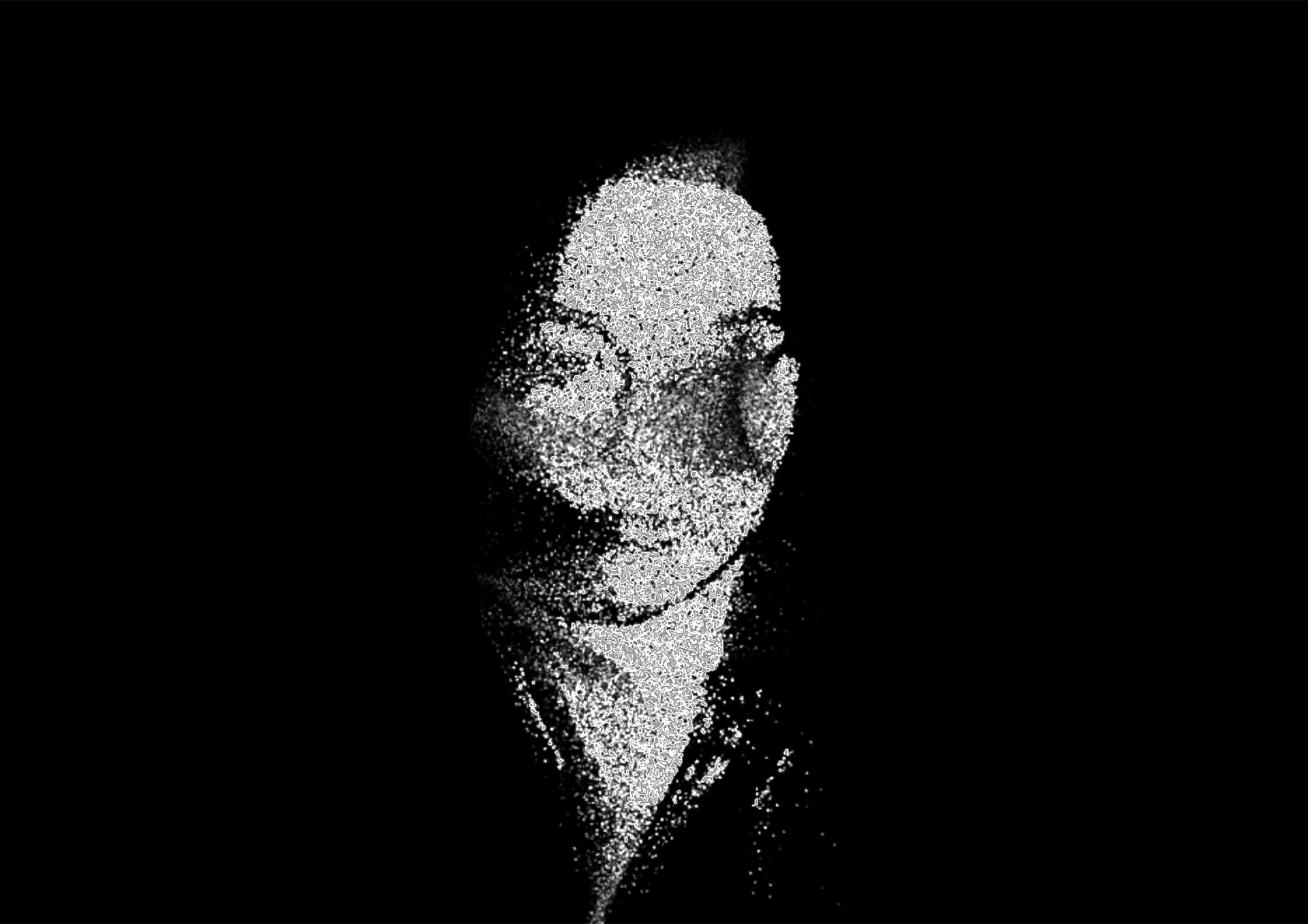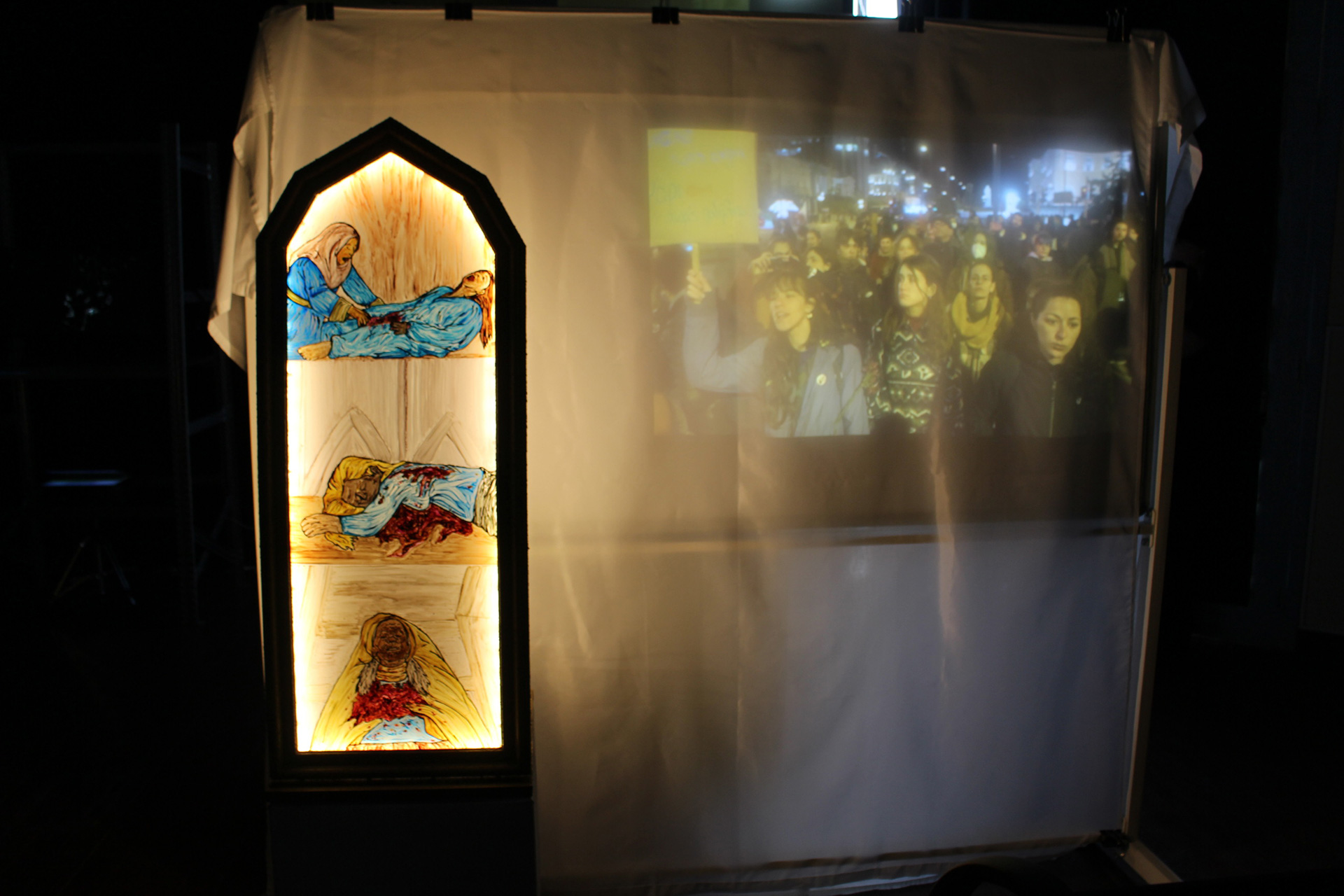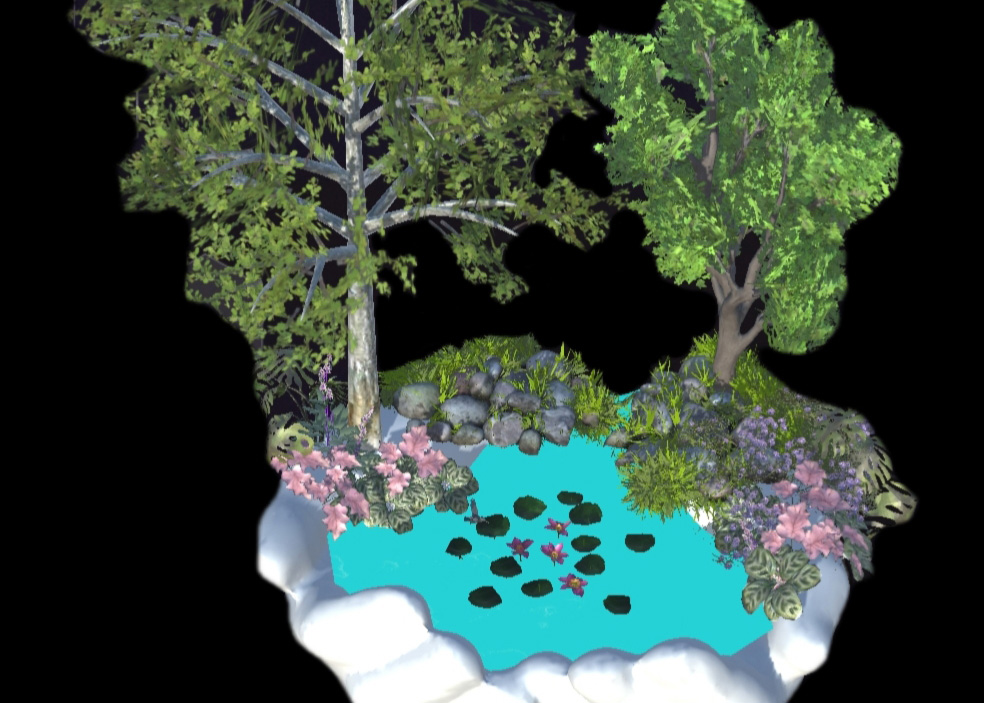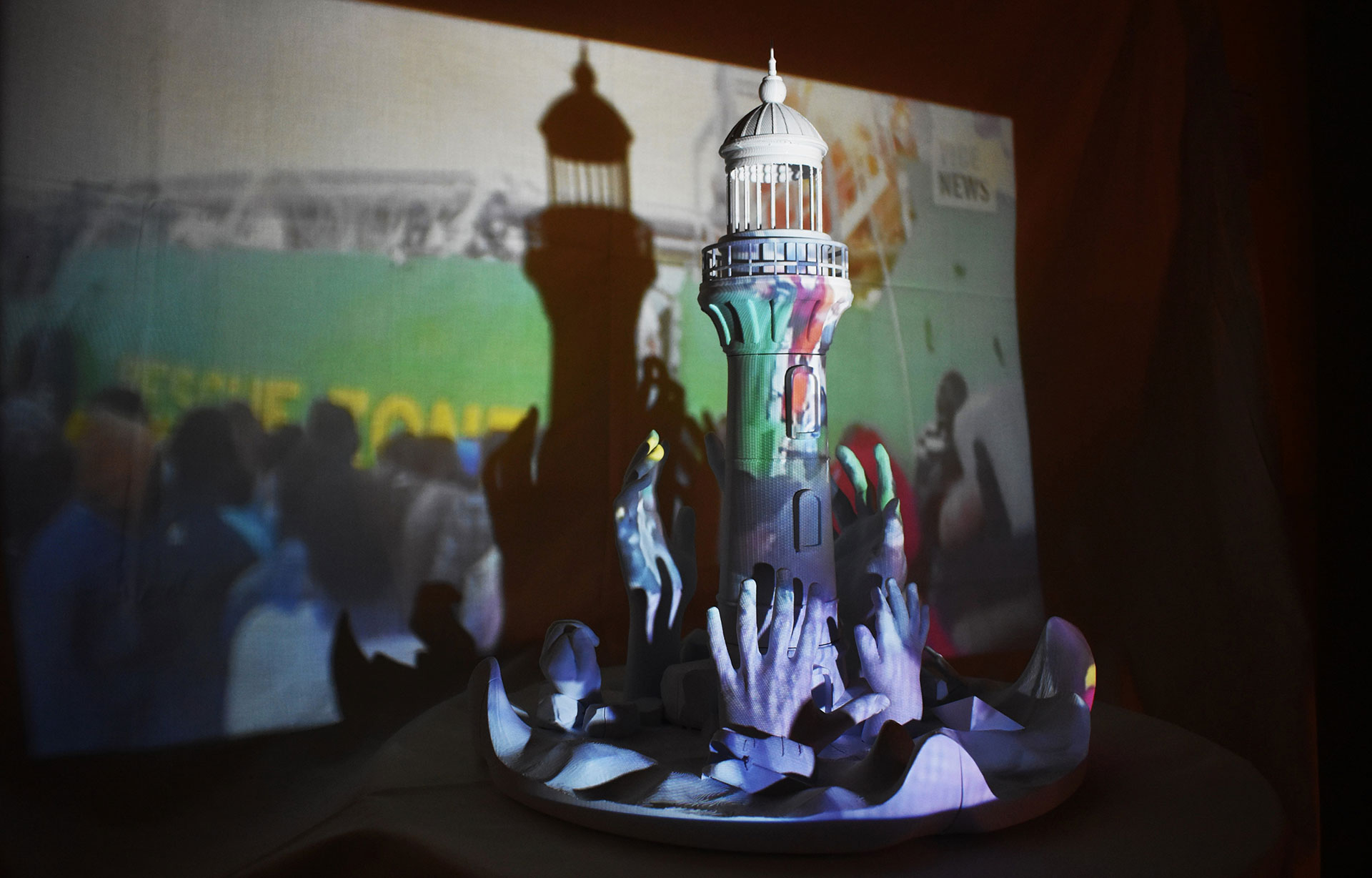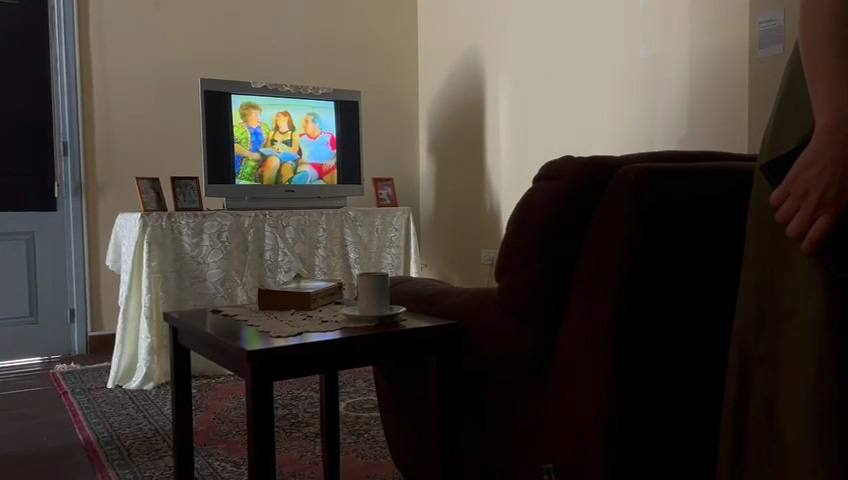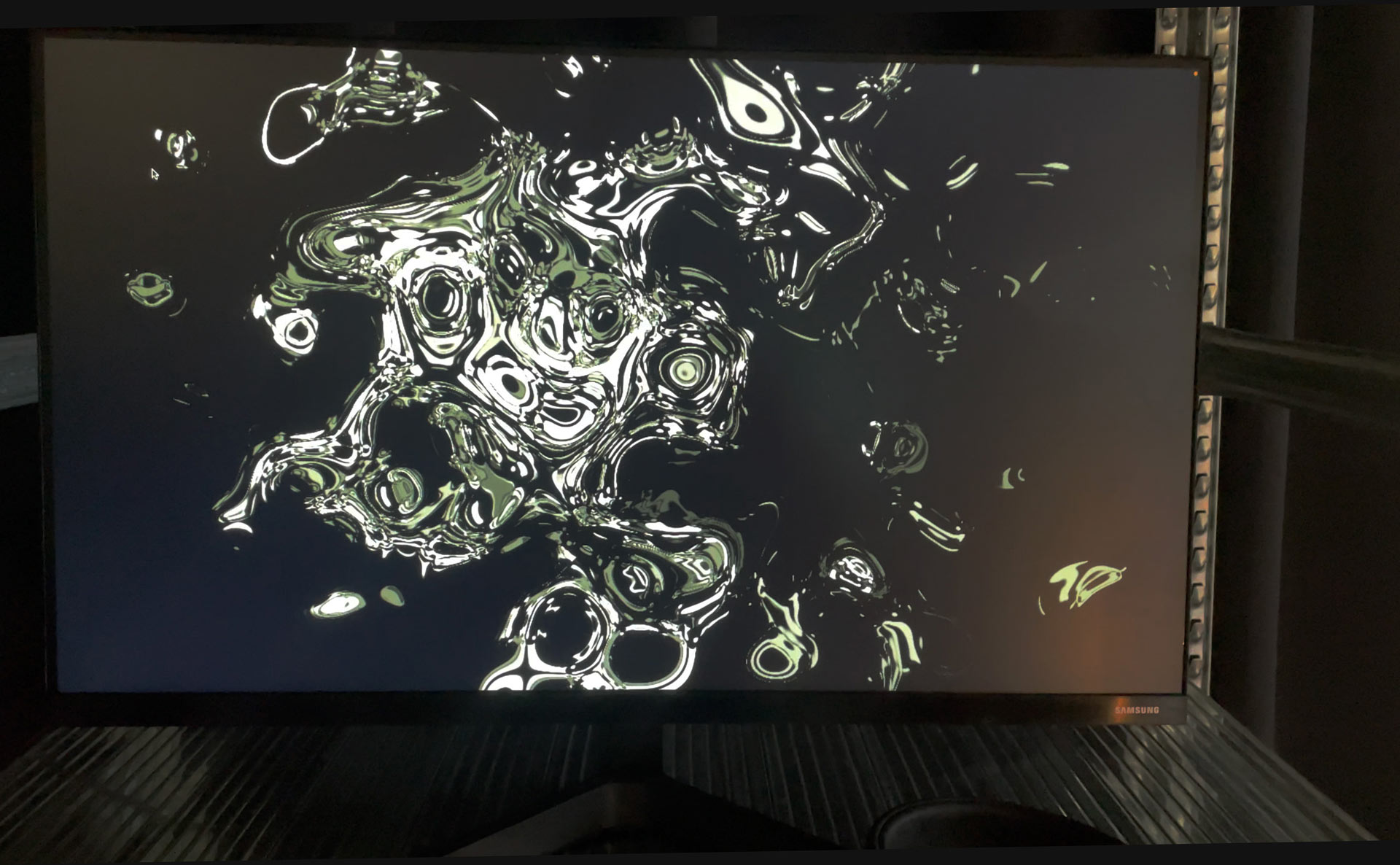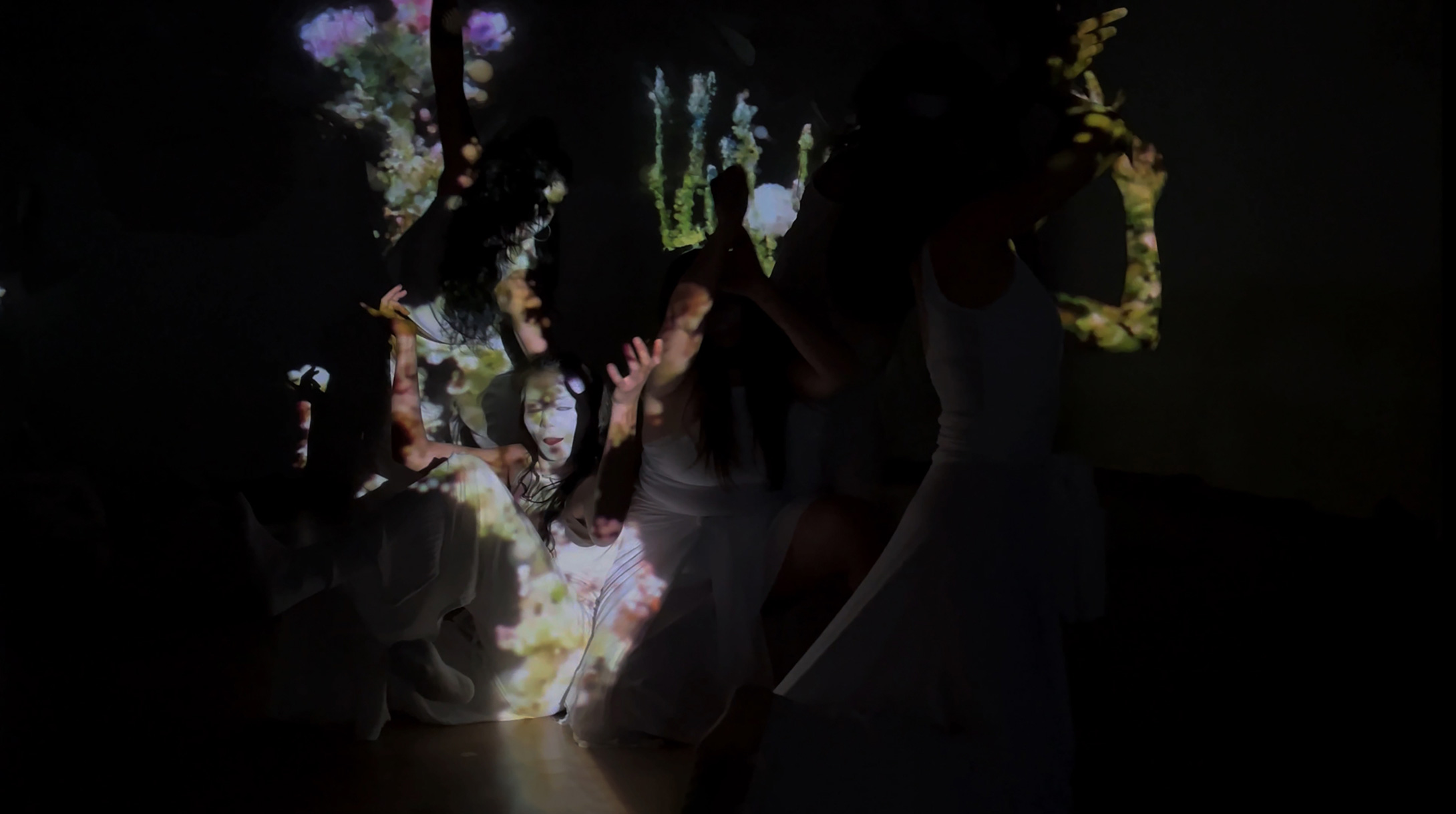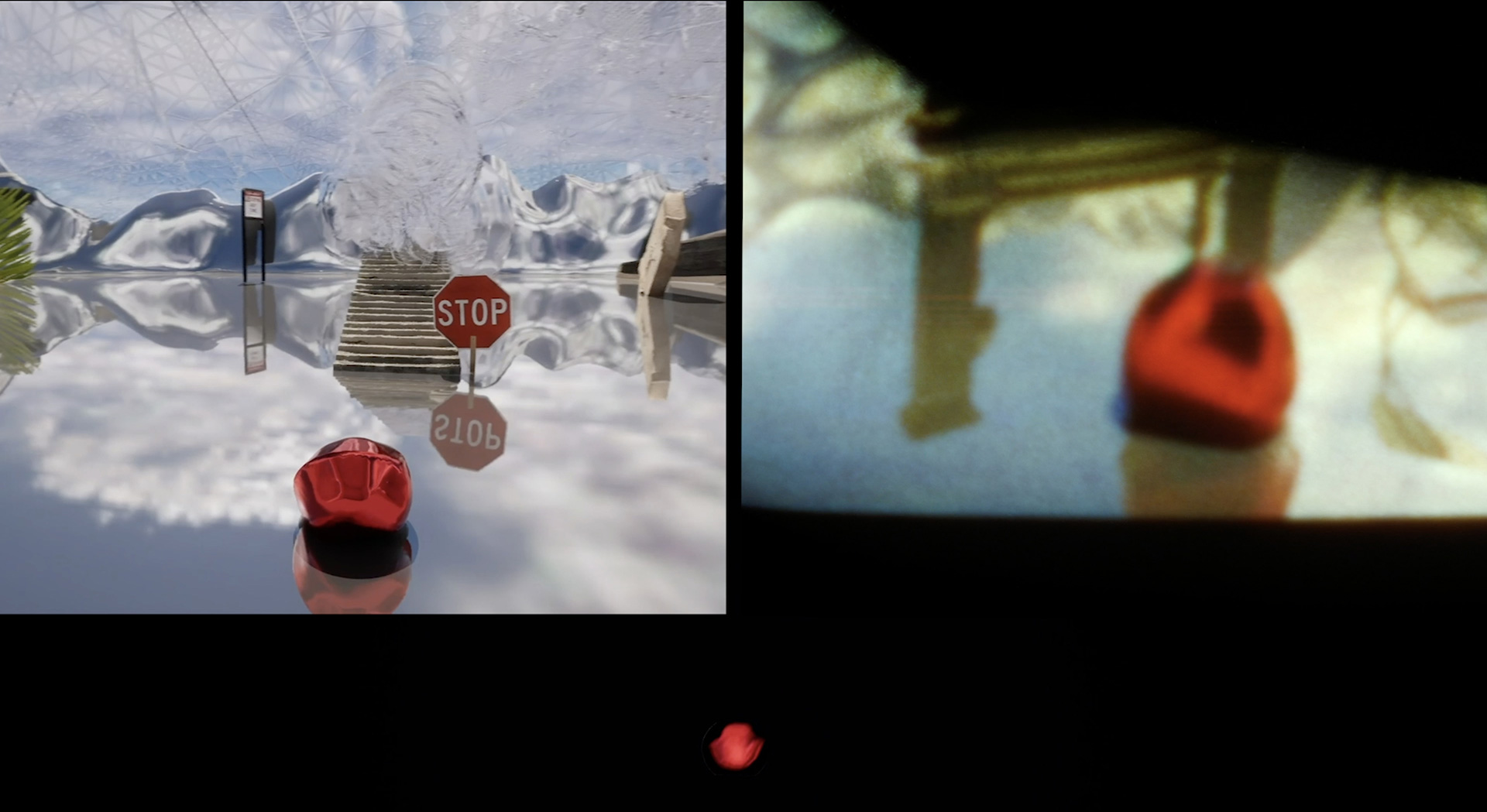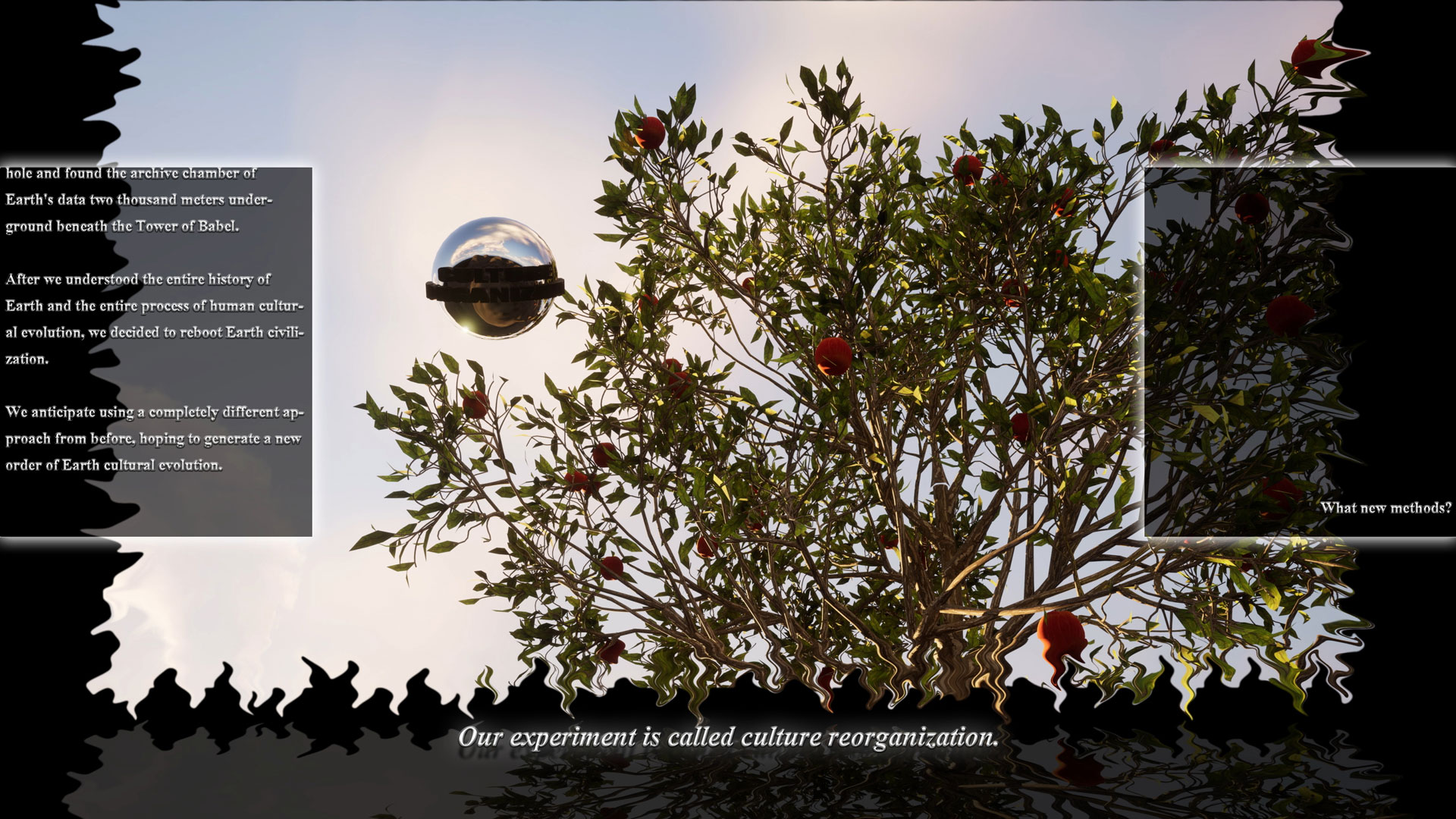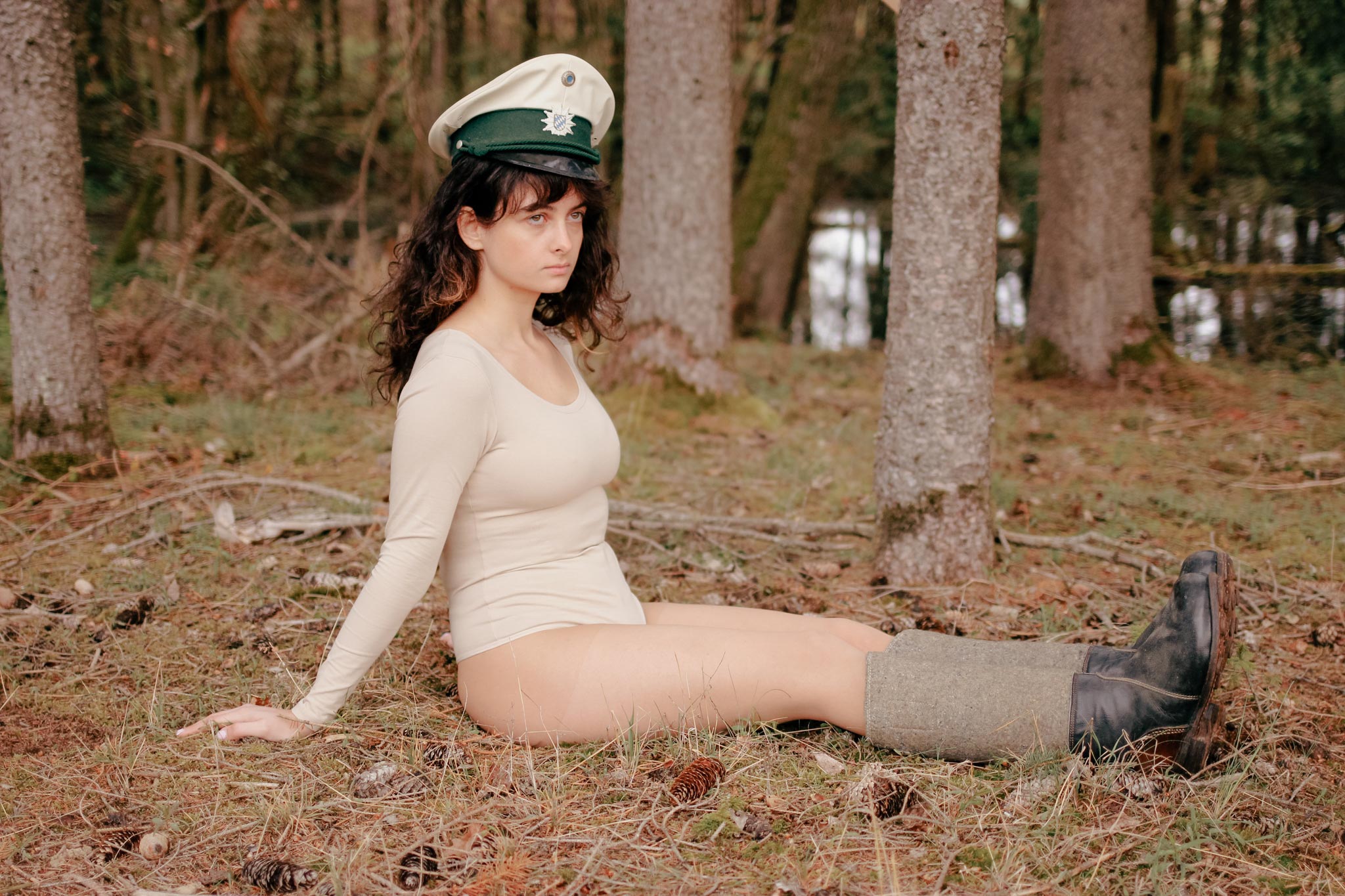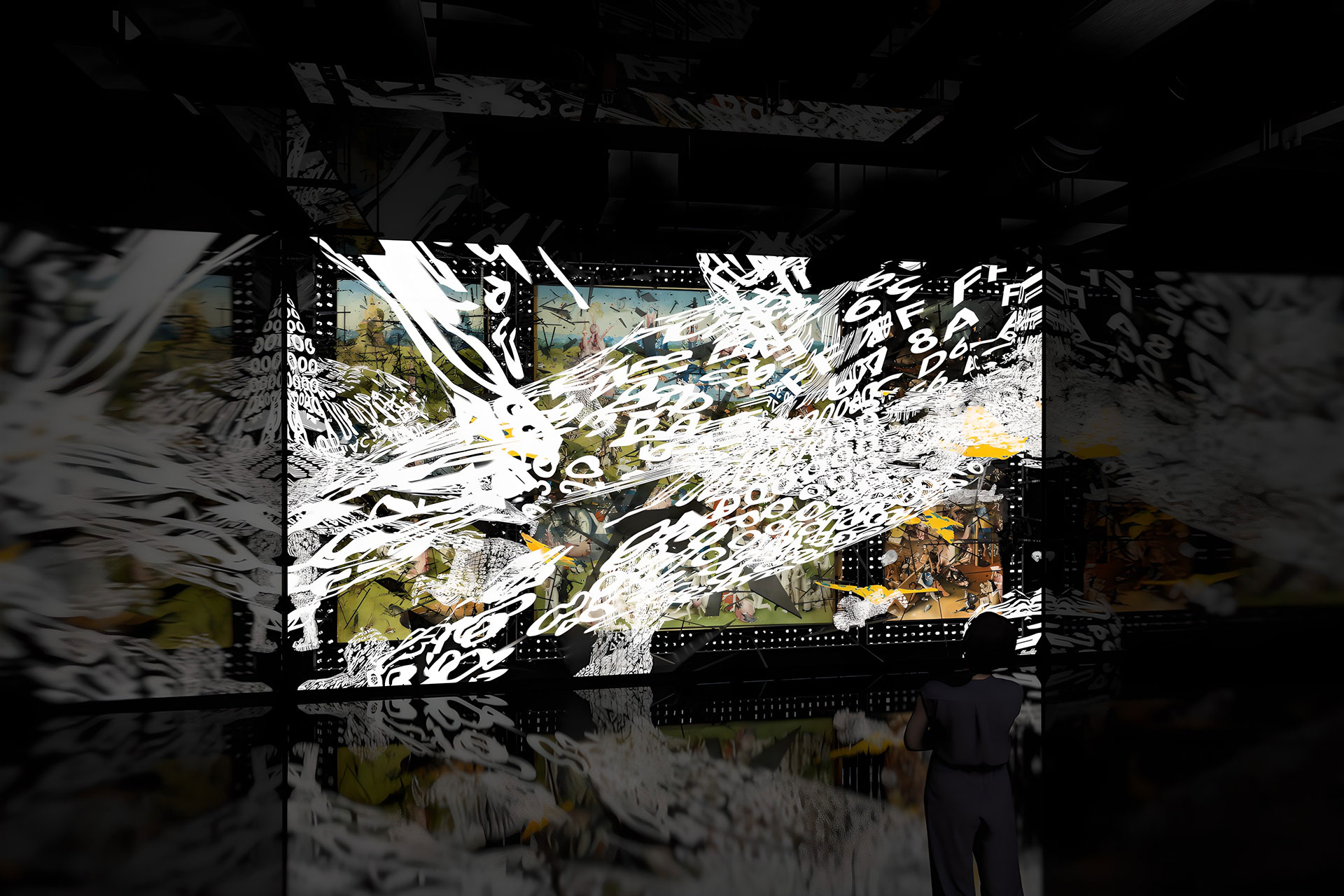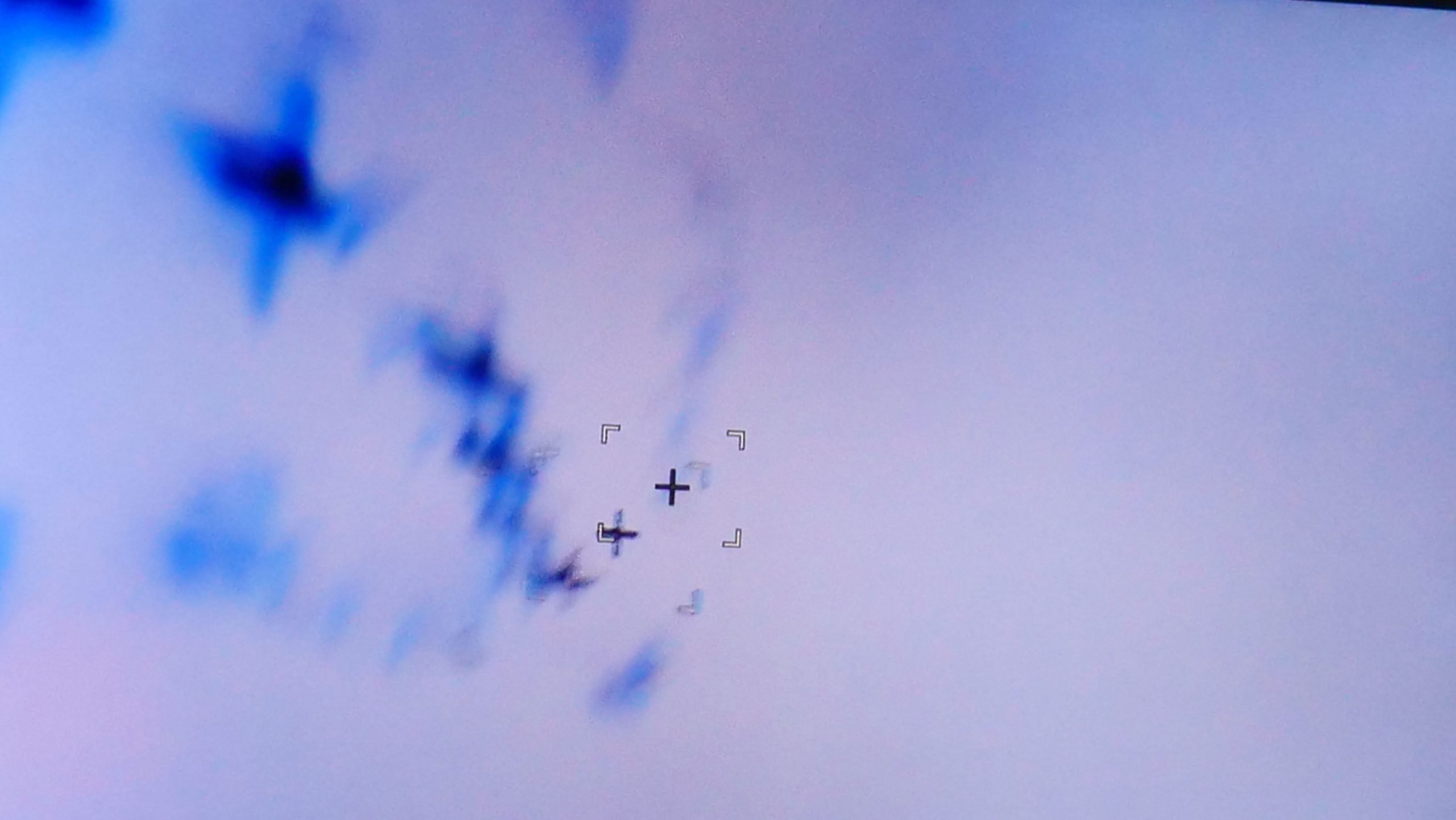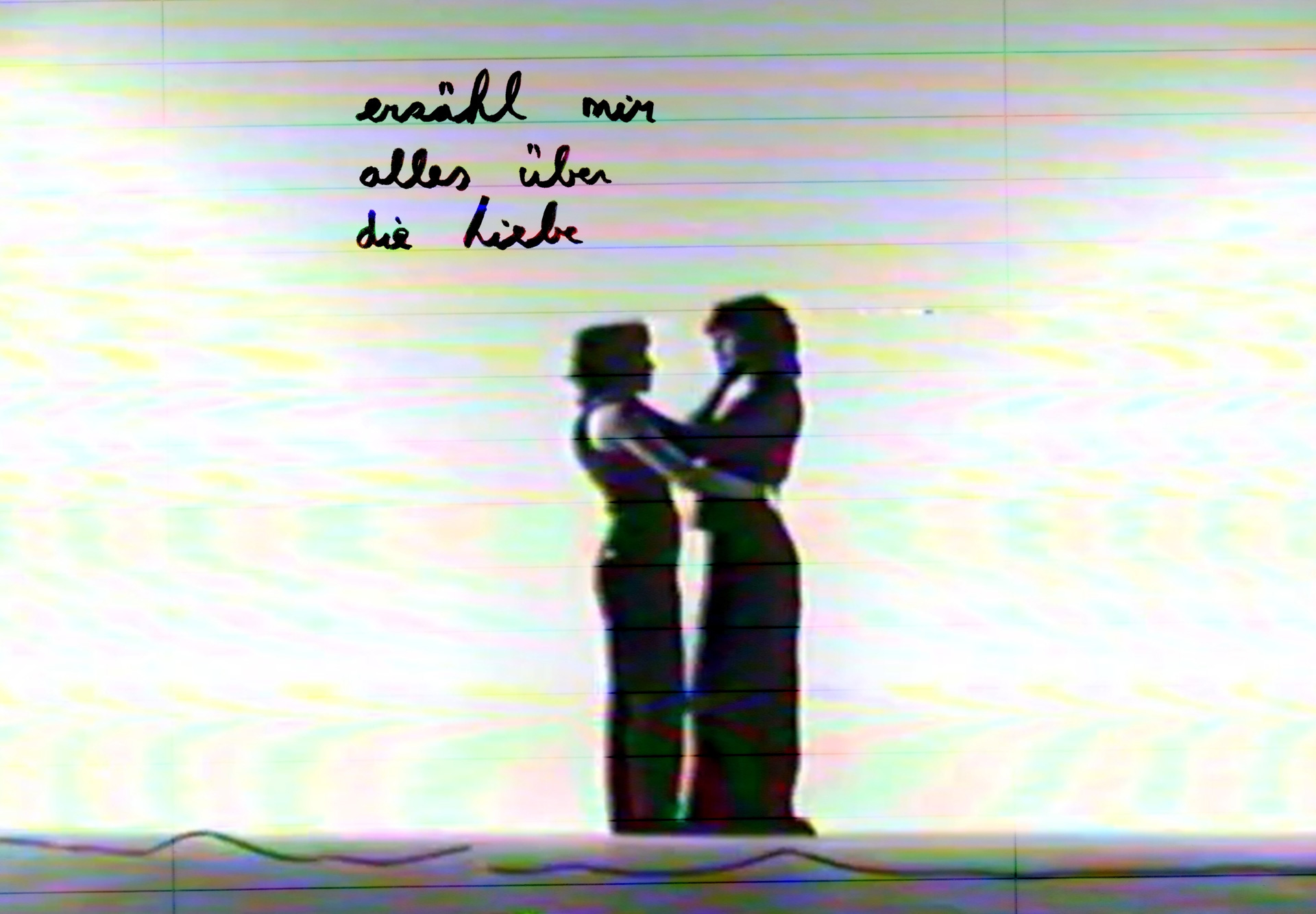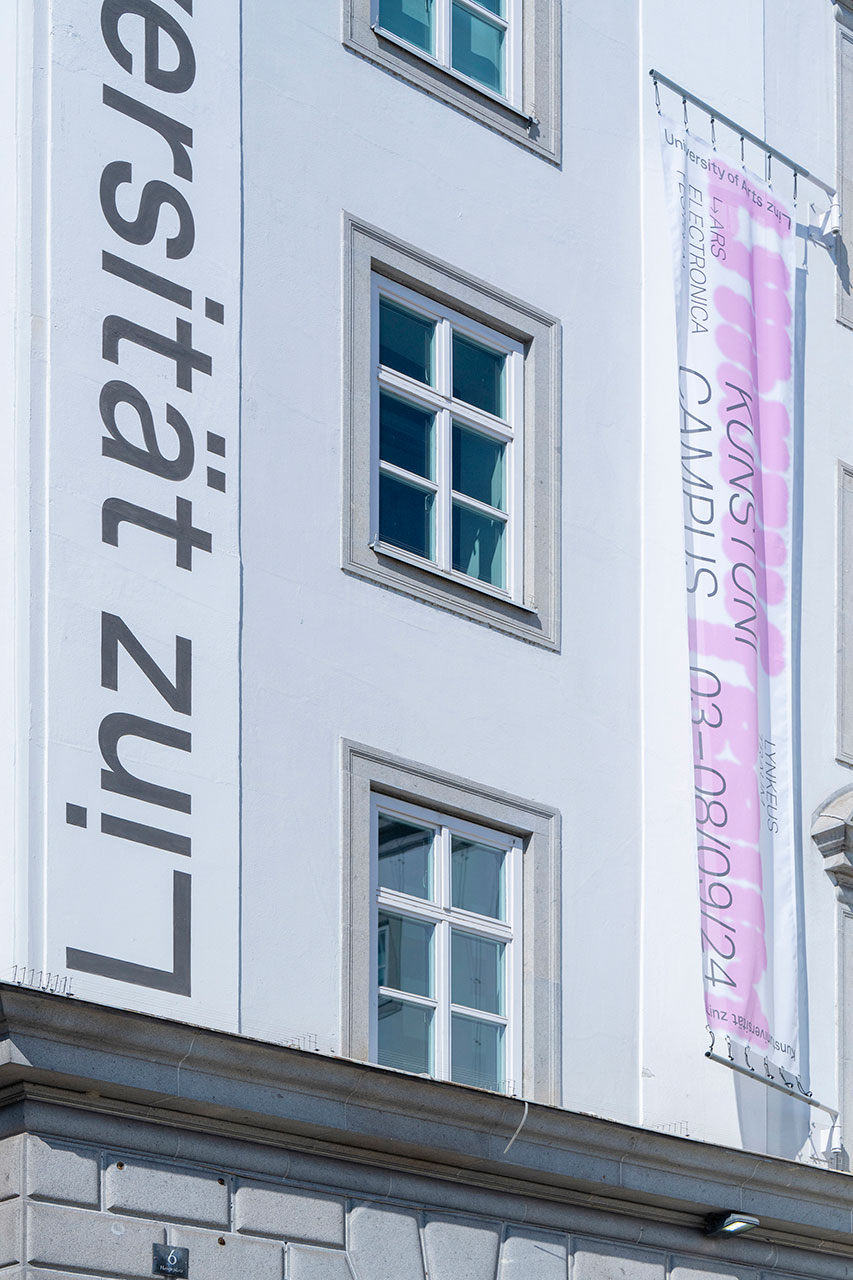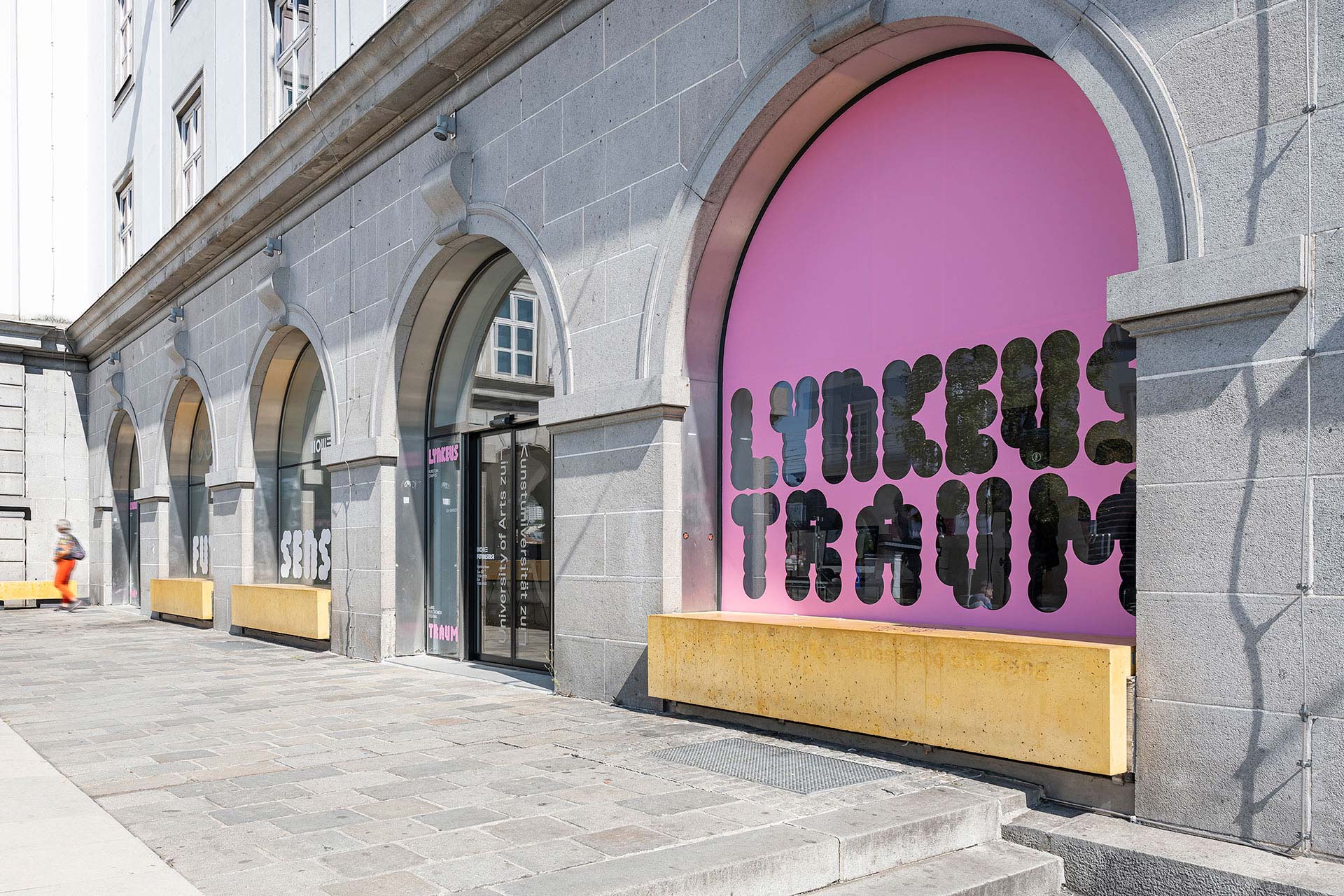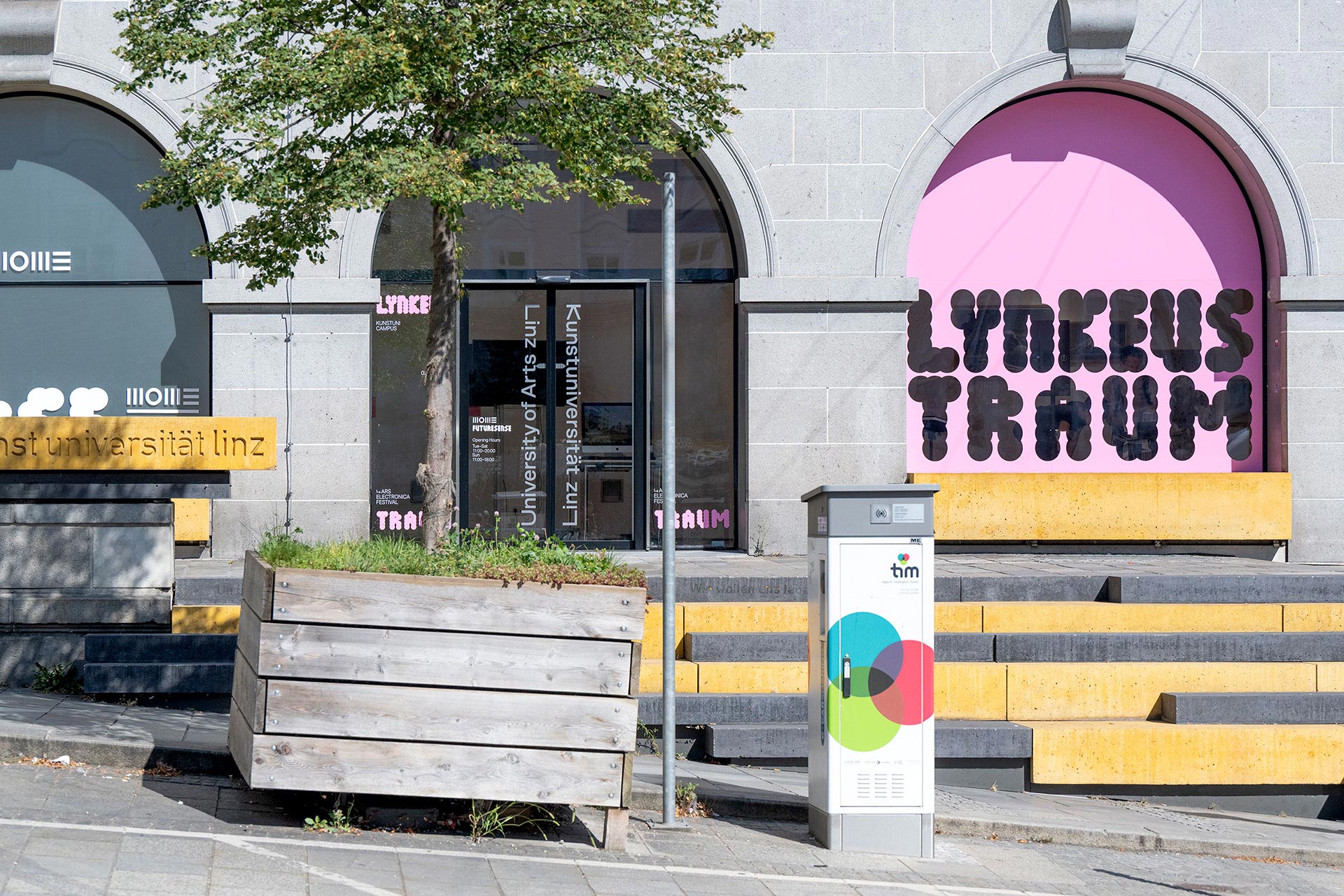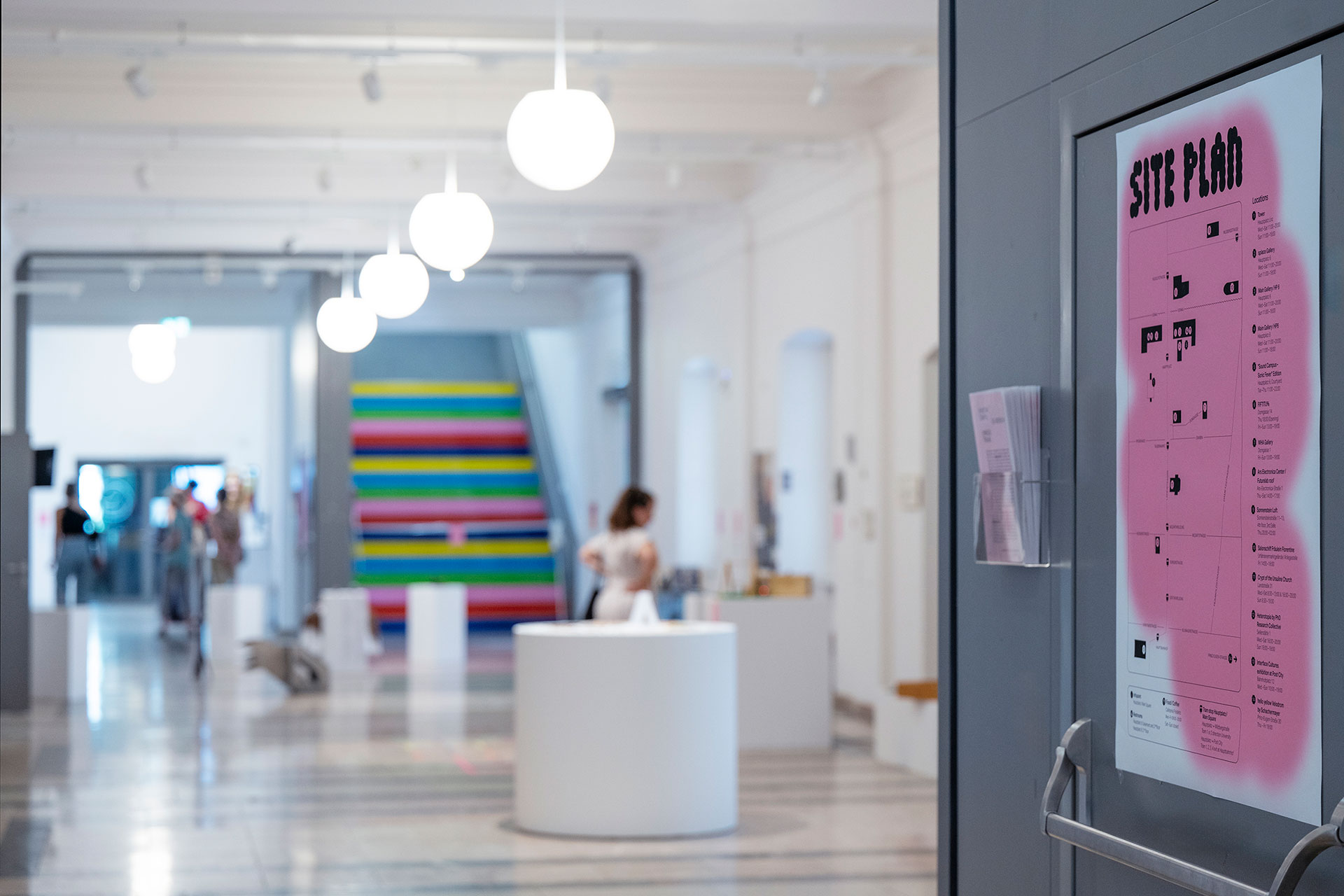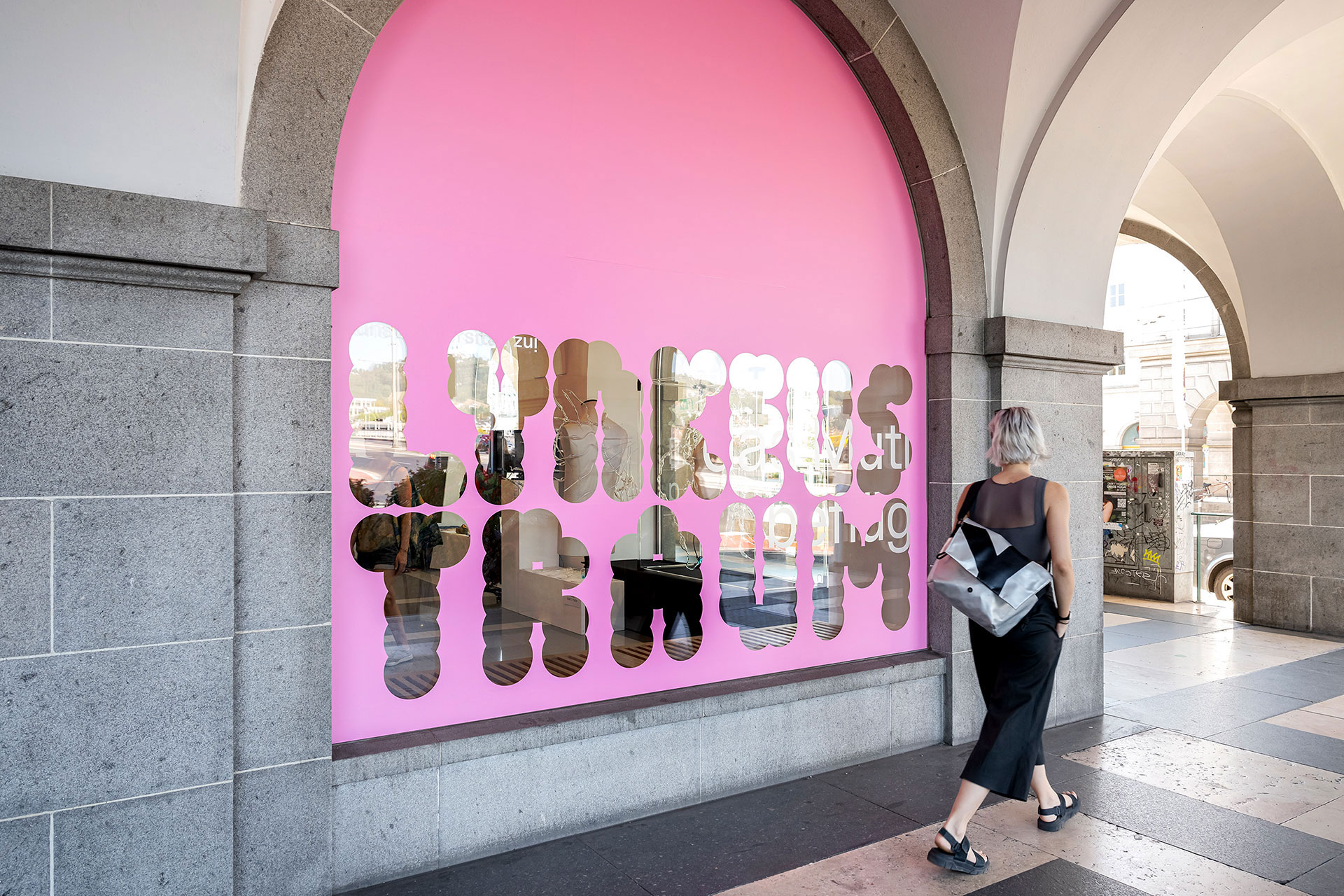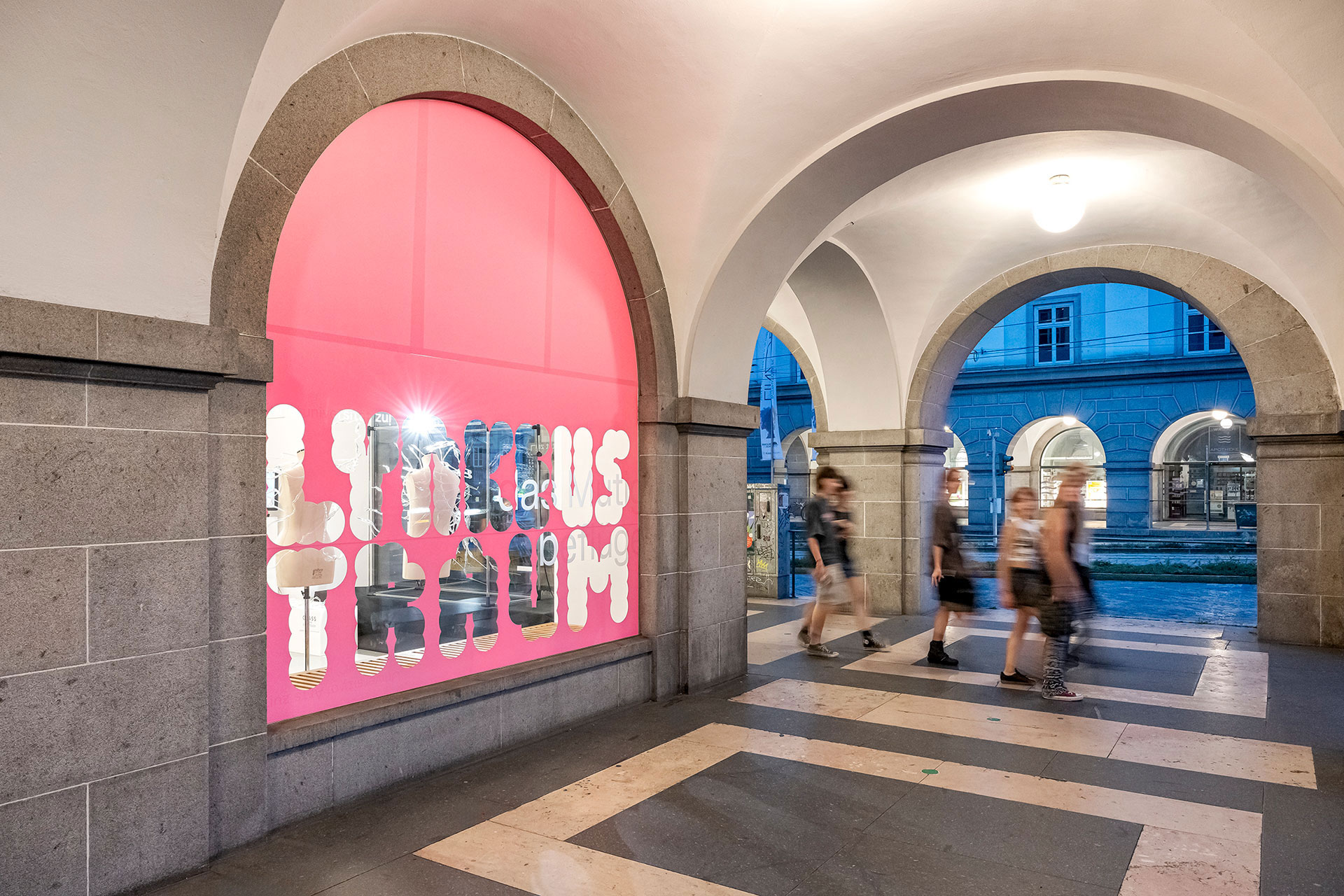Human vision, as a complex biological process, is shaped by the proximate empirical world. This intimate bodily connection renders a “disembodied” vision virtually inconceivable. However, the aid of optical devices and technical visual prostheses has allowed for the development of a distinct form of vision, reaching beyond the immediacy of our bodily experience. In many domains, vision is now delegated to technology. New tech sees for us—deep into our world, even into the future—leading to vision becoming increasingly detached from the body and its physiological functions. What does this mean for us?
Lynceus (from the Greek for “lynx-like”), a character from Greek mythology, had a special gift. Not only did he possess a keen and alert eye, helping him recognize our world’s beautiful moments, he also had a technical eye, allowing him to see through people, walls and objects to the very core of our world. Johann Wolfgang von Goethe regarded Lynceus as remarkable. In his drama Faust II the song of the tower watchman, Lynceus, begins with an ode to sight and the world, but ends with a looming threat of danger and devastation.
Lynceus, the tower, a time marked by multiple crises and the many questions surrounding the power of sight: these are the starting points for the University of Arts Linz’ contribution to Hope—who will turn the tide— the theme of this year’s Ars Electronica Festival. On Linz’s Hauptplatz a tower built by die architektur, a department of the University of Arts Linz, allows visitors to reflect on themes of vision and sight, offering a variety of interpretations. The idea of having a tower rise over Linz’s Hauptplatz is something Paul Eis and Maximilian Meindl have been playing with for the last two years. Yet the tower is not meant to be seen as a symbol of power or control. On the contrary, the idea is based on critical self-reflection and encourages the ability to see different options: How do we see? Who sees for us and influences our perception? What is it we want to see?
Projects
Locations
- Turm / Tower
Hauptplatz Linz - splace Gallery
Hauptplatz 6 - Main Gallery – HP 6
Hauptplatz 6 - Main Gallery – HP 8
Hauptplatz 8 - “Sound Campus – Sonic Fever” Edition
Hauptplatz 6, Innenhof / Courtyard - FIFTITU%
Domgasse 14 - WHA Gallery
Domgasse 1 - Ars Electronica Center / Futurelab Roof
Ars-Electronica-Str. 1 - Sonnenstein Loft
Sonnensteinstr. 11–13 - Salonschiff Fräulein Florentine
Urfahranermarktgelände / Anlegestelle - Crypt of the Ursuline Church
Landstraße 31 - Heterotopia – Kunstuni PhD Research Collective
Seilerstätte 1 - Interface Cultures – Post City
Bahnhofplatz 12 - hello yellow Velodrom – Schachermayer
Prinz-Eugen-Straße 30
Images:
Images by Violetta Wakolbinger


